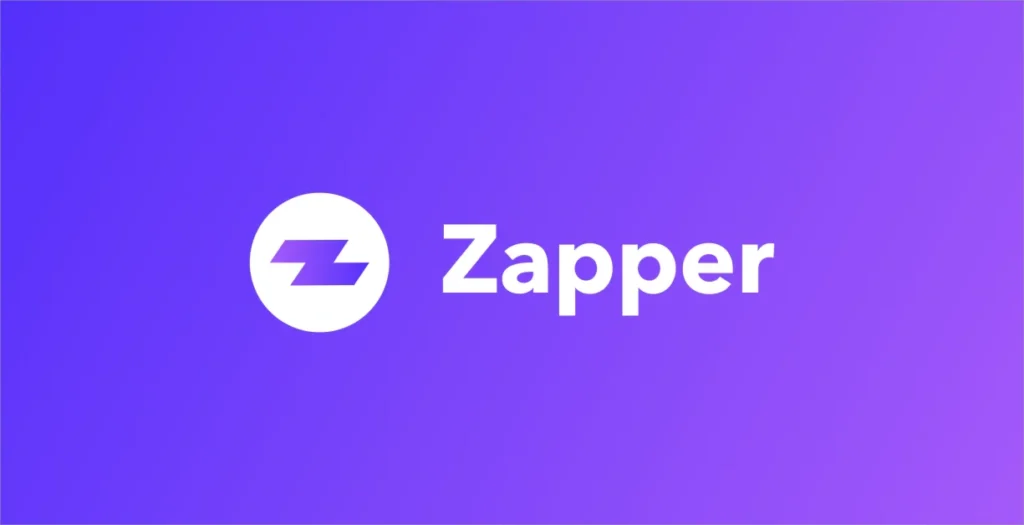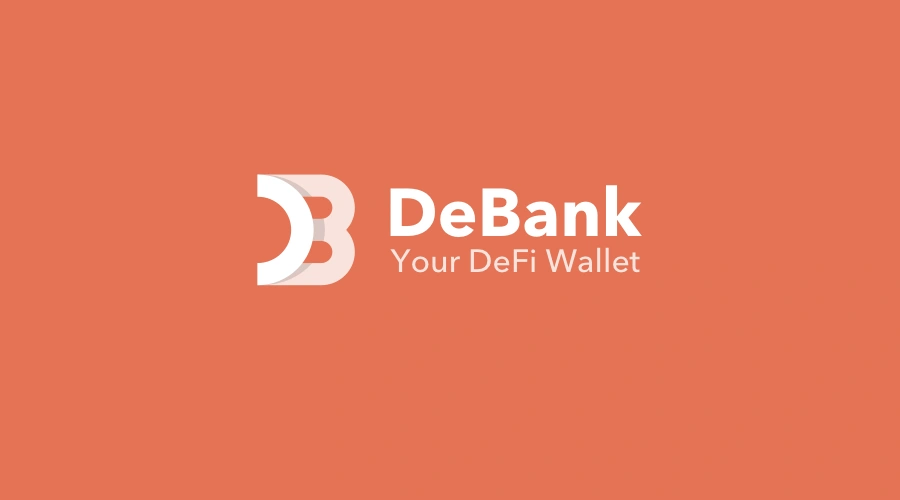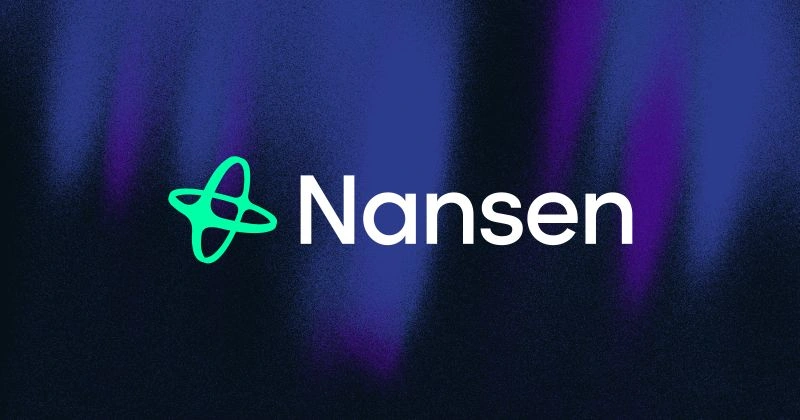Top On-Chain Tools That Crypto Users Actually Use (and Why)
April 18, 2025

Tired of Guessing? These Top On-Chain Tools Actually Work
Let’s be honest—navigating Web3 without solid tools feels like wandering a maze blindfolded. Whether you’re chasing airdrops, watching whale wallets, or just trying to understand your DeFi exposure, the right tools can make or break your strategy.
So, we rounded up five of the top on-chain tools that both power users and beginners swear by. This isn’t some auto-generated list—it’s based on what people actually use.
1. Etherscan: The Old Reliable of Blockchain Tracking Top On-Chain Tools
Even if you’re new, you’ve probably stumbled onto Etherscan. It’s the go-to for Ethereum activity—wallets, contracts, gas fees, you name it. Sure, it’s not flashy. But it works. And it’s accurate.
Why it stands out:
- Real-time transaction data
- Full smart contract transparency
- Completely free
What’s missing:
- Can be intimidating for beginners
- No portfolio features
- Feels like using a terminal sometimes
Still, if you’re deep in the weeds of Ethereum, Etherscan is pretty much unavoidable.


2. Zapper: The DeFi Dashboard for the Rest of Us
Zapper’s one of those tools you didn’t know you needed—until you saw your portfolio laid out so clearly it actually made sense. Tokens, yield farms, NFTs… all in one place.
Why it stands out:
- Super intuitive design
- Tracks assets across multiple chains
- Offers bridging, swapping, and yield tools
What’s missing:
- Not ideal for analytics geeks
- Some newer protocols may be missing
- Lacks deep transaction history
If you want an overview without needing three tabs open and a spreadsheet, this one’s worth bookmarking.

3. DeBank: Portfolio Tracking Plus a Social Twist
DeBank covers similar ground to Zapper but adds a little extra flavor. The UI leans more toward serious tracking, and you can also see what other wallets (and whales) are holding.
Why it stands out:
- Strong DeFi position tracking
- Multi-chain support
- Leaderboards and wallet tagging
What’s missing:
- Might miss obscure tokens
- UI can feel a bit dense
- Occasional lag in data refresh
Perfect if you want to see how your wallet stacks up… or spy on others.

4. Dune: Data for Those Who Like Charts With Context
For the SQL-savvy (or just chart lovers), Dune is where blockchain data meets storytelling. People build dashboards, visualizations, and reports—some of them are pure gold.
Why it stands out:
- User-generated dashboards
- Great for custom metrics and trends
- Free to explore
What’s missing:
- Creating dashboards requires SQL
- Not all dashboards are updated
- Can be overwhelming at first glance
It’s a rabbit hole—but if you’re into on-chain data beyond surface-level stuff, Dune is a playground.
5. Nansen: Smart Money Intel in Real Time
If you’ve ever thought, “What are whales buying right now?”—Nansen’s your guy. It labels wallets, tracks fund movements, and gives you a glimpse into high-stakes plays before they hit public radar.
Why it stands out:
- Wallet labeling (VCs, traders, whales)
- Real-time token movement insights
- High-signal dashboards
What’s missing:
- It’s pricey
- Can be info-overload
- Requires interpretation—no hand-holding
Use it smartly, and it might just give you that edge you were looking for.


Picking the Right Top On-Chain Tools Isn’t About “Best”—It’s About Fit
No single app will solve every blockchain riddle. The top on-chain tools each bring something different to the table—Etherscan for raw data, Zapper for clarity, Dune for depth, Nansen for intel, and DeBank for a blend of all that.
Try them. Combine them. See which one fits your brain and your goals best. After all, in Web3, knowledge really is power… and the tools you pick can be the difference between being early or just confused.
Relevant news: Top 5 On-Chain Tools That Actually Make Crypto Easier

